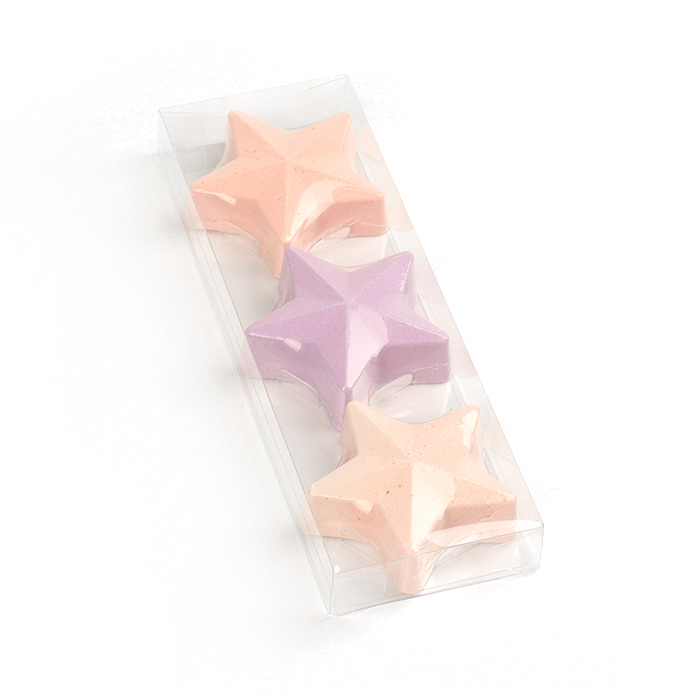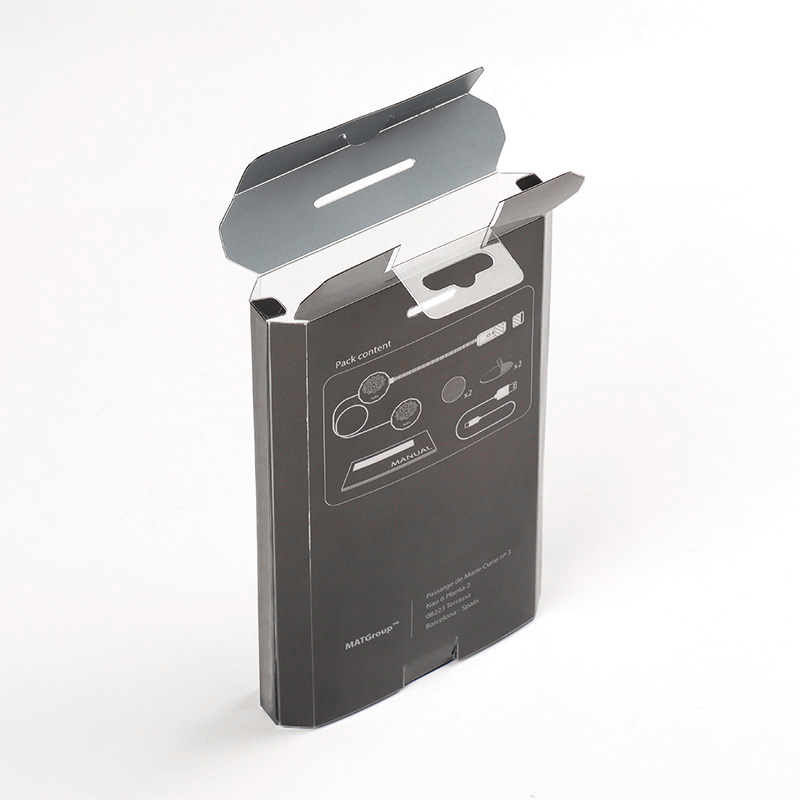Understanding PVC and its properties
Polyvinylchlorid (PVC) ist ein synthetisches Kunststoffpolymer, das in verschiedenen Industriezweigen, darunter auch für Lebensmittelverpackungen, verwendet wird. PVC besteht aus Vinylchloridmonomer, das zu einem haltbaren und flexiblen Material polymerisiert wird. PVC ist aufgrund seiner hervorragenden Barriereeigenschaften, seines günstigen Preises und seiner Flexibilität eine beliebte Wahl für Lebensmittelverpackungen. Die US Food and Drug Administration (FDA) hat PVC für die Verwendung in Lebensmittelverpackungen zugelassen, und es erfüllt die NSF-51-Normen für Lebensmittelsicherheit. Es gibt zwar keine staatlichen Gesetze, die die Verwendung von PVC in Lebensmittelverpackungen verbieten, aber es wurden einige Bedenken hinsichtlich seiner Sicherheit geäußert.

PVC itself is non-toxic, but it contains chlorine, which has raised concerns about its safety in food packaging. However, PVC is generally considered safe for food packaging as long as it meets certain standards and regulations. PVC has excellent organoleptic properties, meaning that it does not affect the taste or odor of the packaged food. Additionally, PVC packaging is cost-effective and has good tensile strength. However, the safety of PVC in food packaging depends on the formula of the PVC compound.
While PVC is generally considered safe for food packaging, some studies have raised concerns about the potential health risks associated with plasticizers used to make PVC flexible. Phthalates are a class of chemicals commonly used as plasticizers in PVC, and they have been linked to a range of health issues, including reproductive problems, developmental delays, and hormonal imbalances. To mitigate these concerns, some manufacturers have begun using alternative plasticizers or phthalate-free PVC. In conclusion, while PVC is considered safe for food packaging, it is important to consider the potential risks associated with plasticizers and to ensure that the PVC used meets safety standards and regulations.
Risks associated with PVC in food packaging
Polyvinyl chloride (PVC) is a common material used in food packaging, despite the risks associated with its production and use. The production of PVC involves the use of toxic chemicals, including chlorine, which can result in environmental pollution and health risks for workers in PVC production facilities. Exposure to these chemicals has been linked to a range of health issues, including cancer, immune system damage, and reproductive problems. Additionally, the potential for chemical leaching from PVC packaging into food is a significant concern, as it can result in further exposure to these harmful chemicals.
The use of PVC in food packaging has been banned in several countries due to the documented health risks. The US Food and Drug Administration (FDA) has shared safety and regulatory information about phthalates, a group of chemicals commonly used in PVC, in food packaging and food-contact applications. Phthalates have been linked to developmental and reproductive problems, as well as other health issues. The presence of vinyl chloride, a toxic chemical used in the production of PVC, in food packaging has also been a concern, with the Environmental Protection Agency (EPA) considering it as a potential hazardous chemical.

Studies have shown that plastic containers, including PVC, can leach chemicals into food, particularly when exposed to heat or acidic foods. Bisphenol A (BPA) leaching from PVC microplastics has been identified as the primary reason for decreased methane production, causing significant environmental damage. Additionally, PVC has a reputation in the food industry for leaching chemicals like BPA and phthalates. With the increasing awareness of the potential health risks associated with PVC, it is important to explore alternative, safer options for food packaging.
Alternatives to PVC for food packaging
While PVC can be used for food packaging, concerns have been raised about its safety and potential environmental impact. As such, there is a growing interest in finding alternatives to PVC for food packaging. Biodegradable and compostable packaging materials are one such alternative, offering a more sustainable and environmentally-friendly option. These materials are typically made from natural sources, such as cornstarch or sugarcane, and break down naturally over time, reducing the amount of waste produced. Additionally, bioplastics like polylactic acid (PLA) are derived from renewable resources and are considered safe for use in food packaging.
Other types of plastic packaging can also be used as an alternative to PVC. For example, polyethylene terephthalate (PET) is a durable and safe plastic that is commonly used for food and drink storage. Low-density polyethylene (LDPE) is another plastic that is often found in food packaging, such as squeeze bottles and plastic bags. However, it is important to note that not all plastics are created equal, and some may contain harmful chemicals like BPA, which can leach into food and pose a health risk.

In addition to biodegradable materials and other types of plastic, there are also non-plastic options for food packaging, including glass and metal. Glass is a safe and inert material that does not contain any harmful chemicals and is easy to recycle. Metal packaging, such as aluminum cans, is also a popular option for food and drink storage, as it is lightweight, durable, and infinitely recyclable. While these options may be more expensive than plastic, they offer a more sustainable and environmentally-friendly choice for food packaging. As state laws regarding PVC in food packaging continue to evolve, it is important to consider these alternative materials when choosing packaging options for your products.
Verwandte Produkte






















